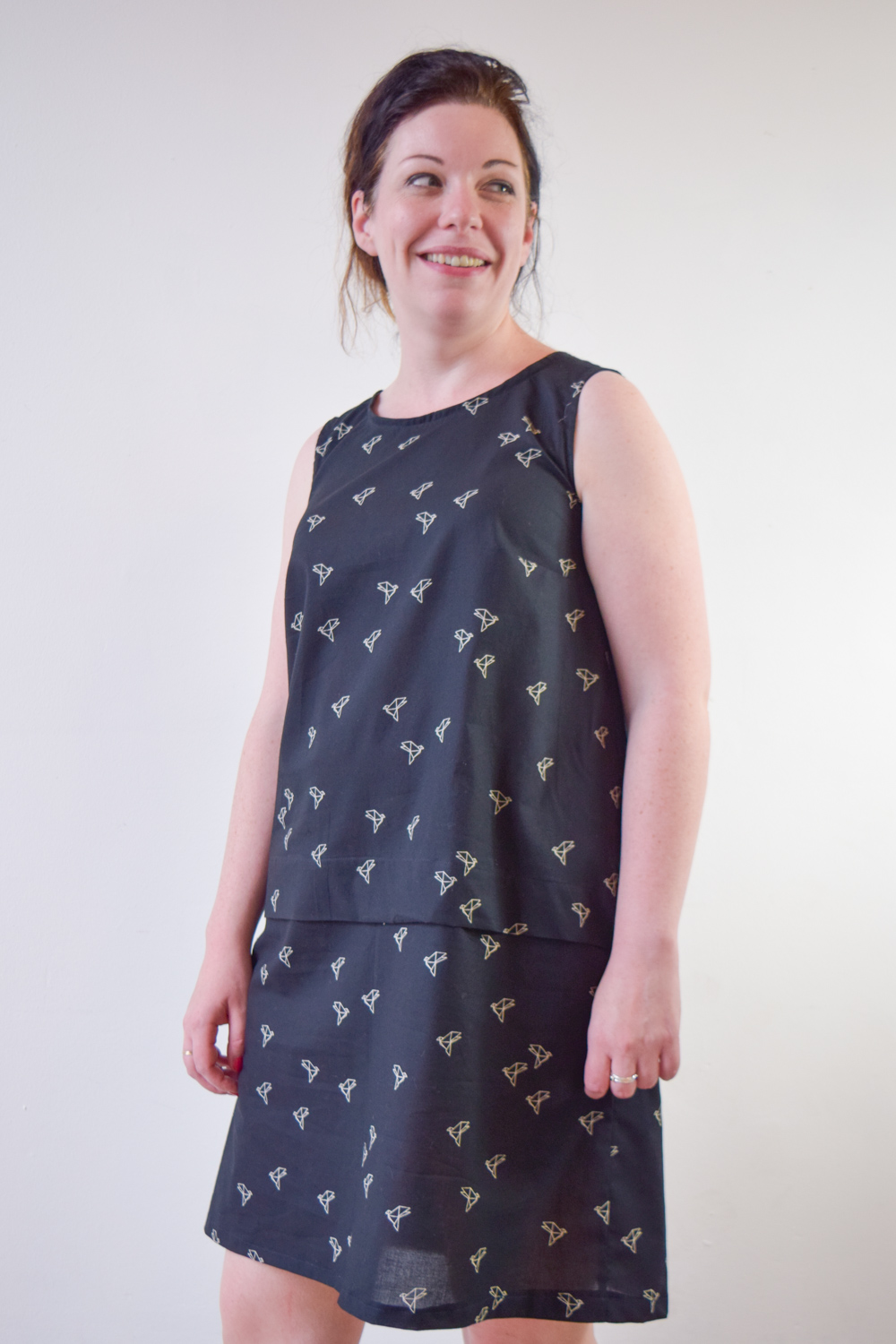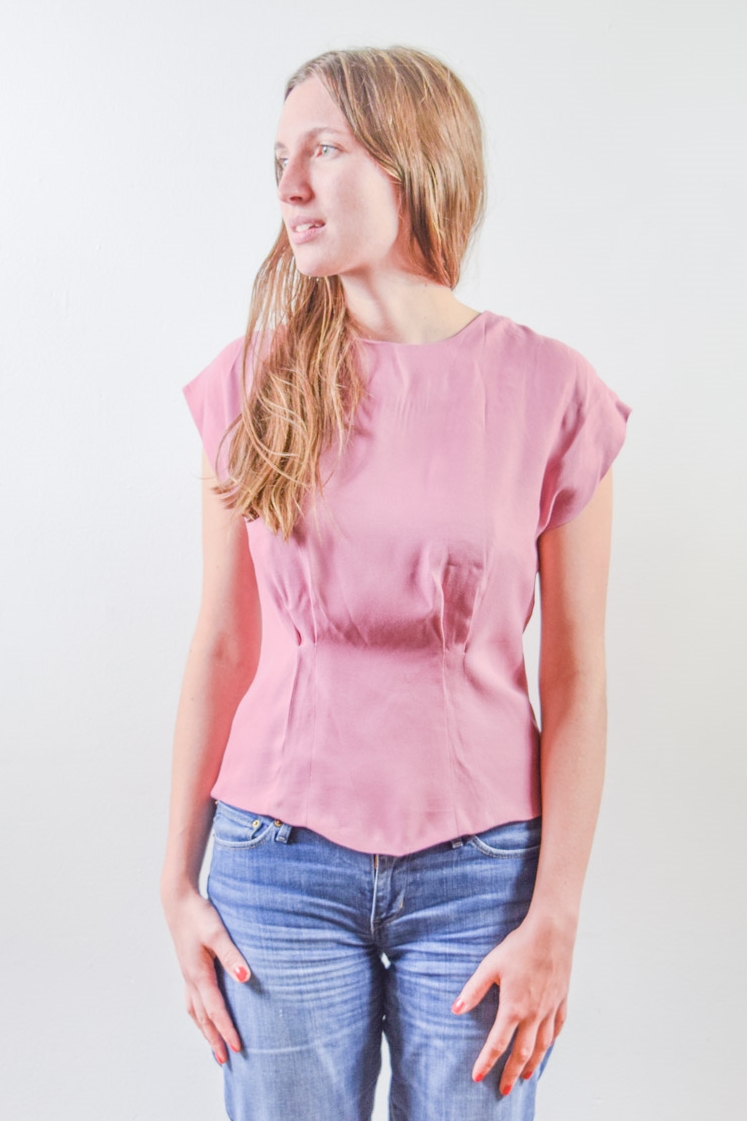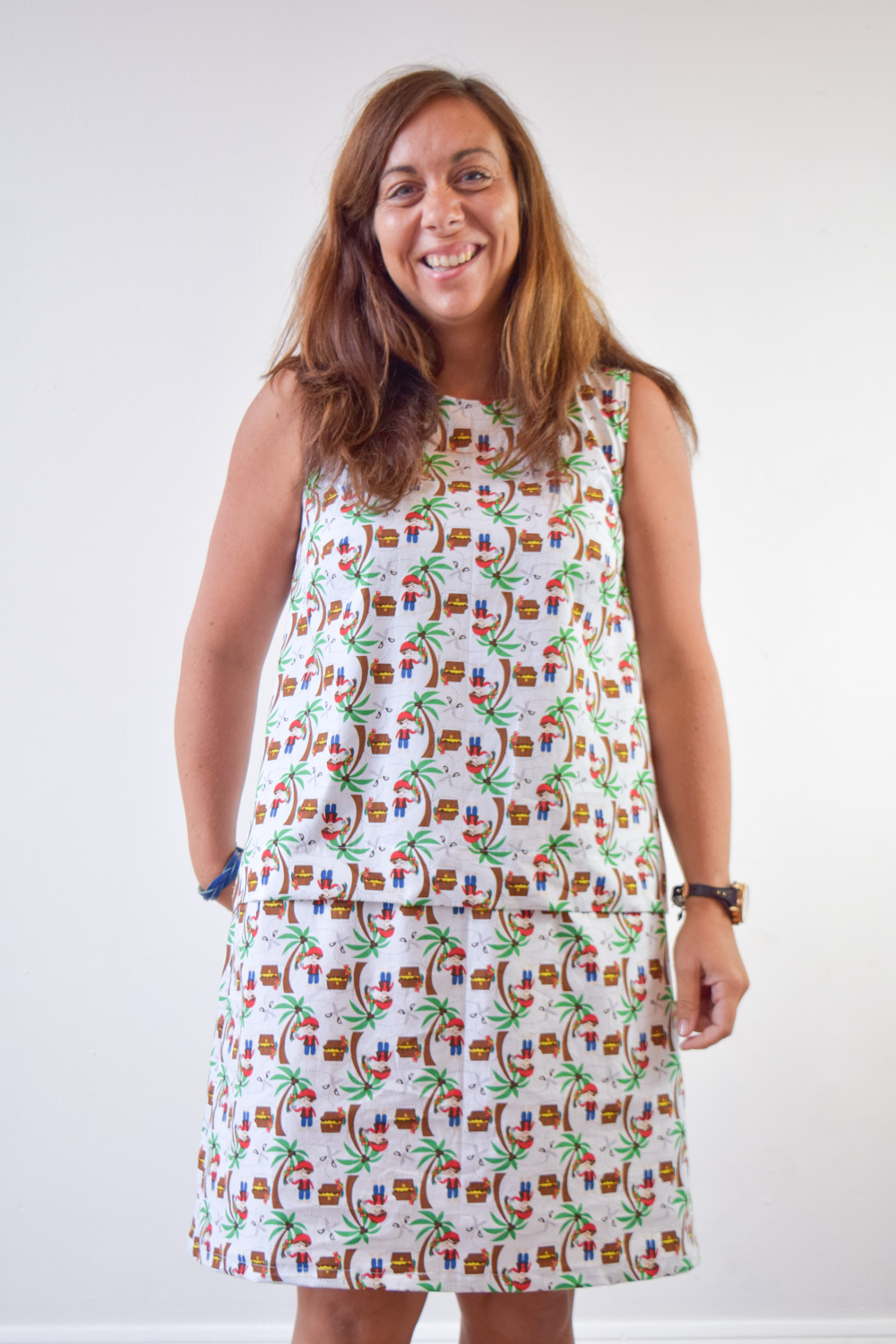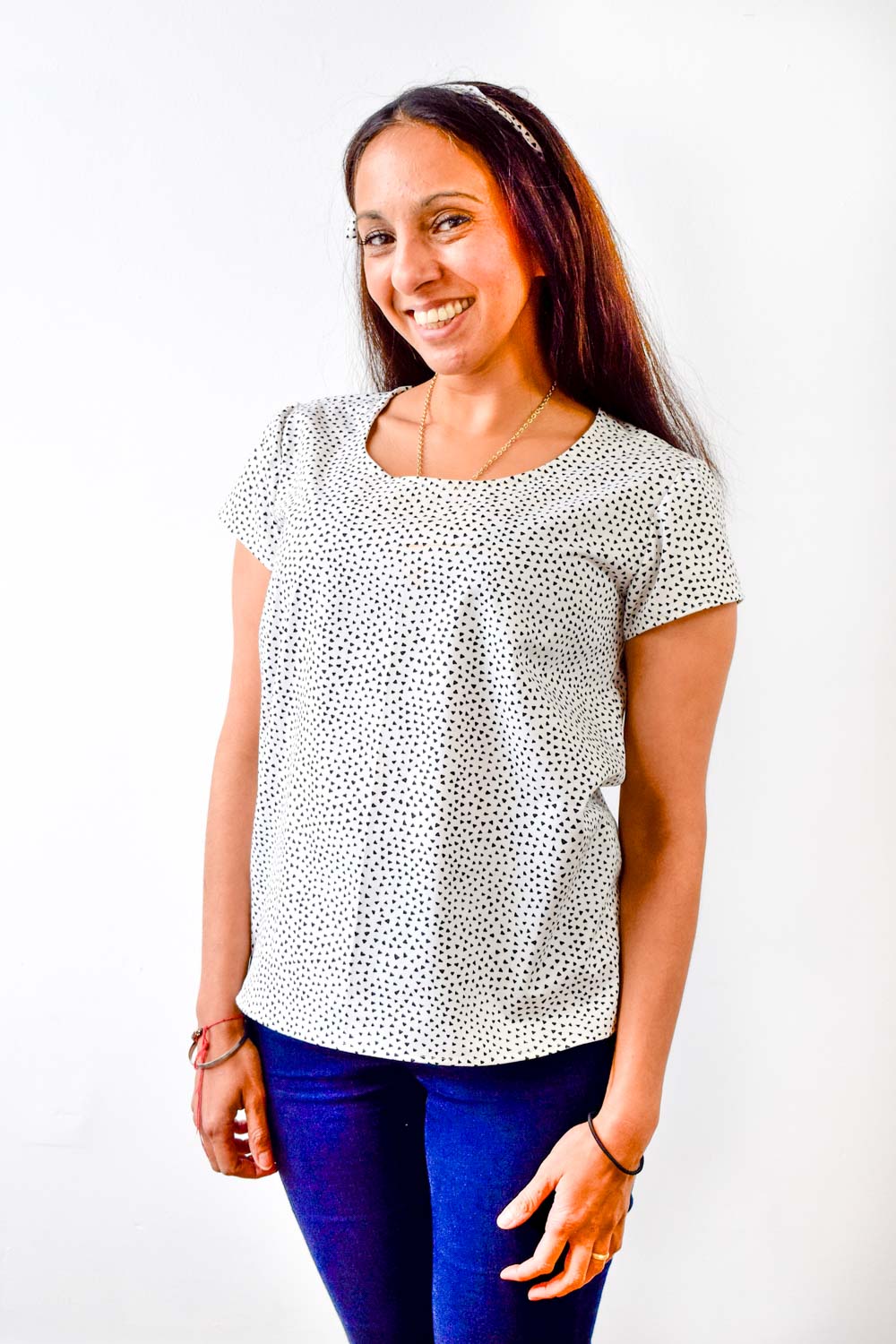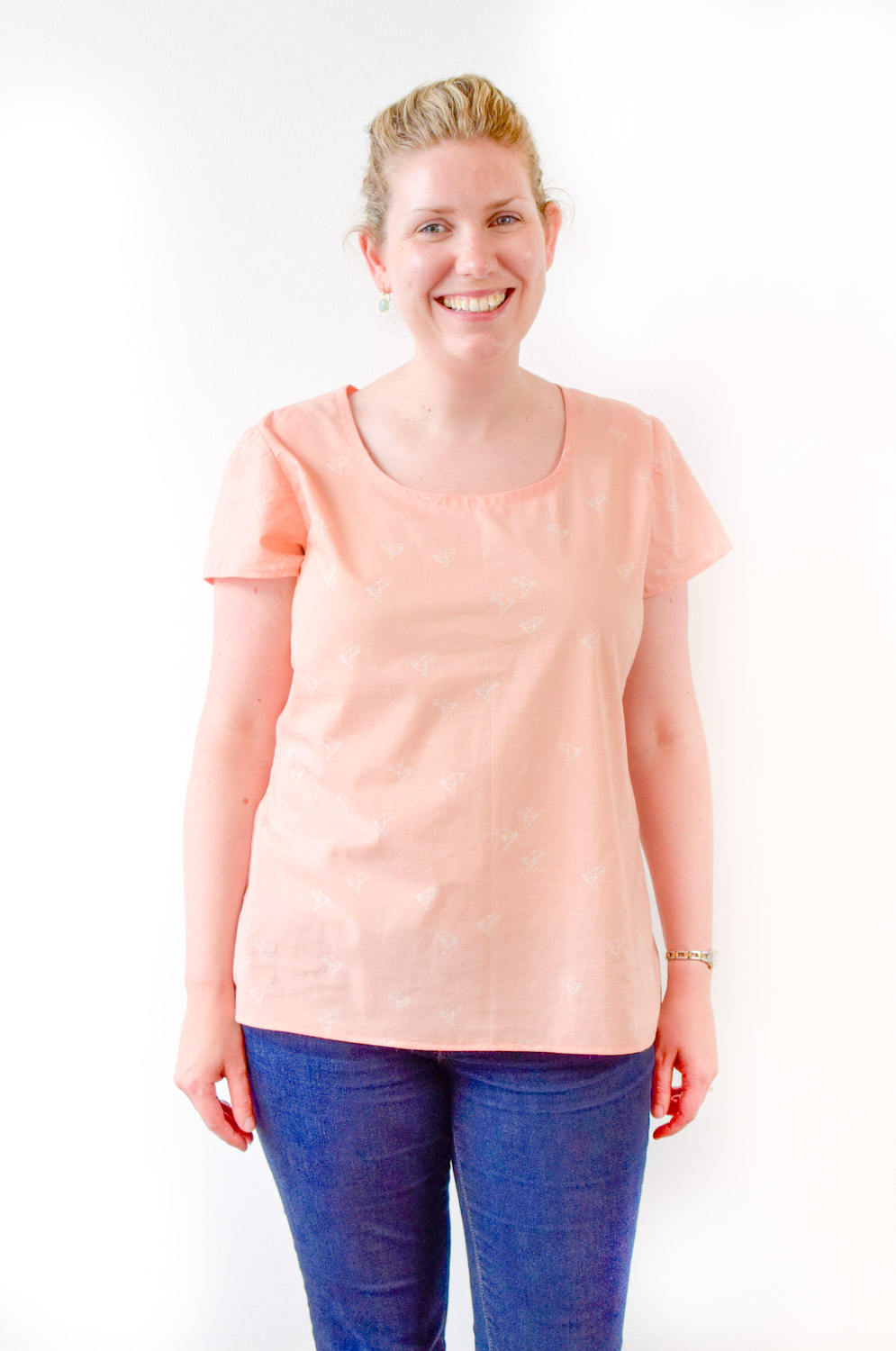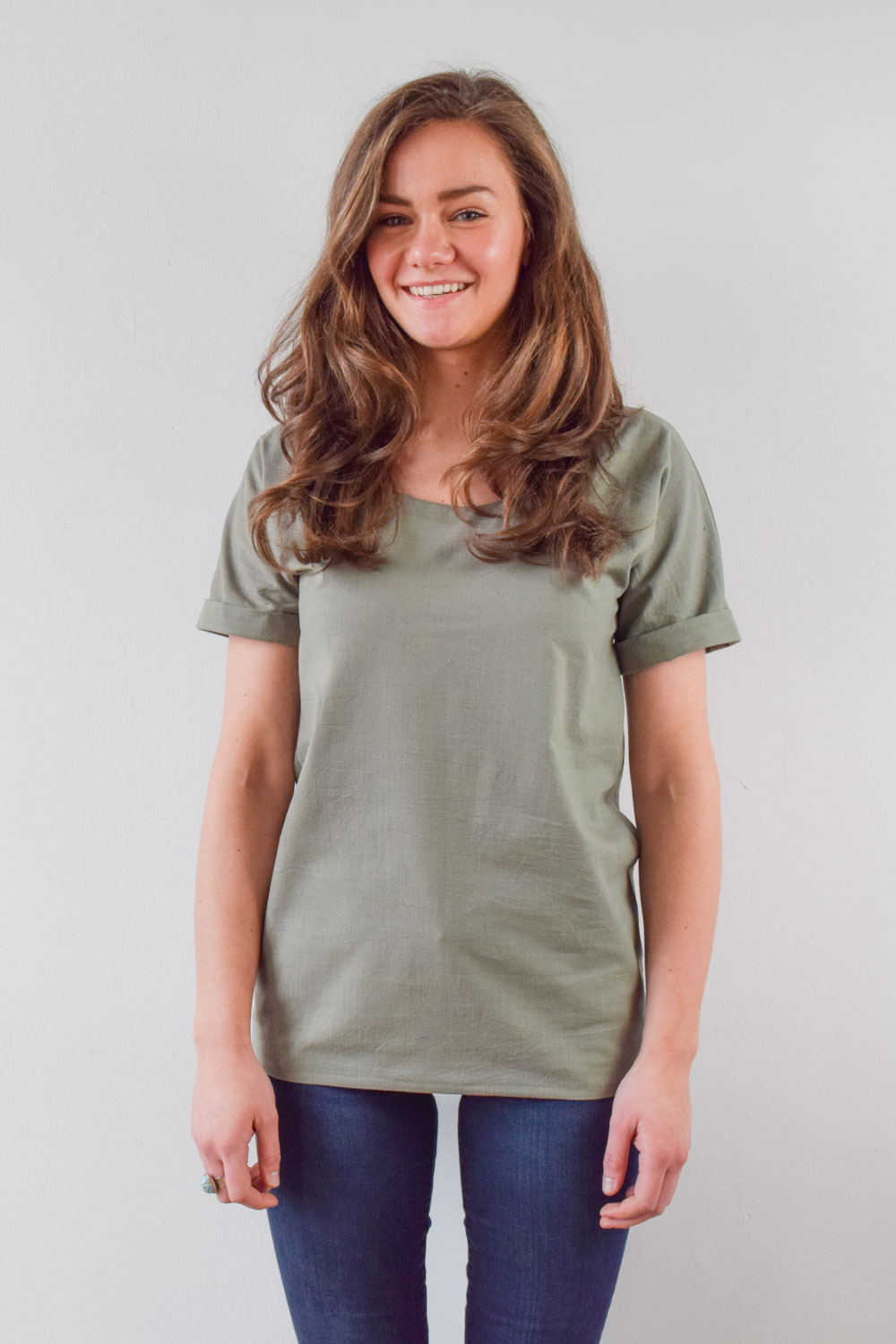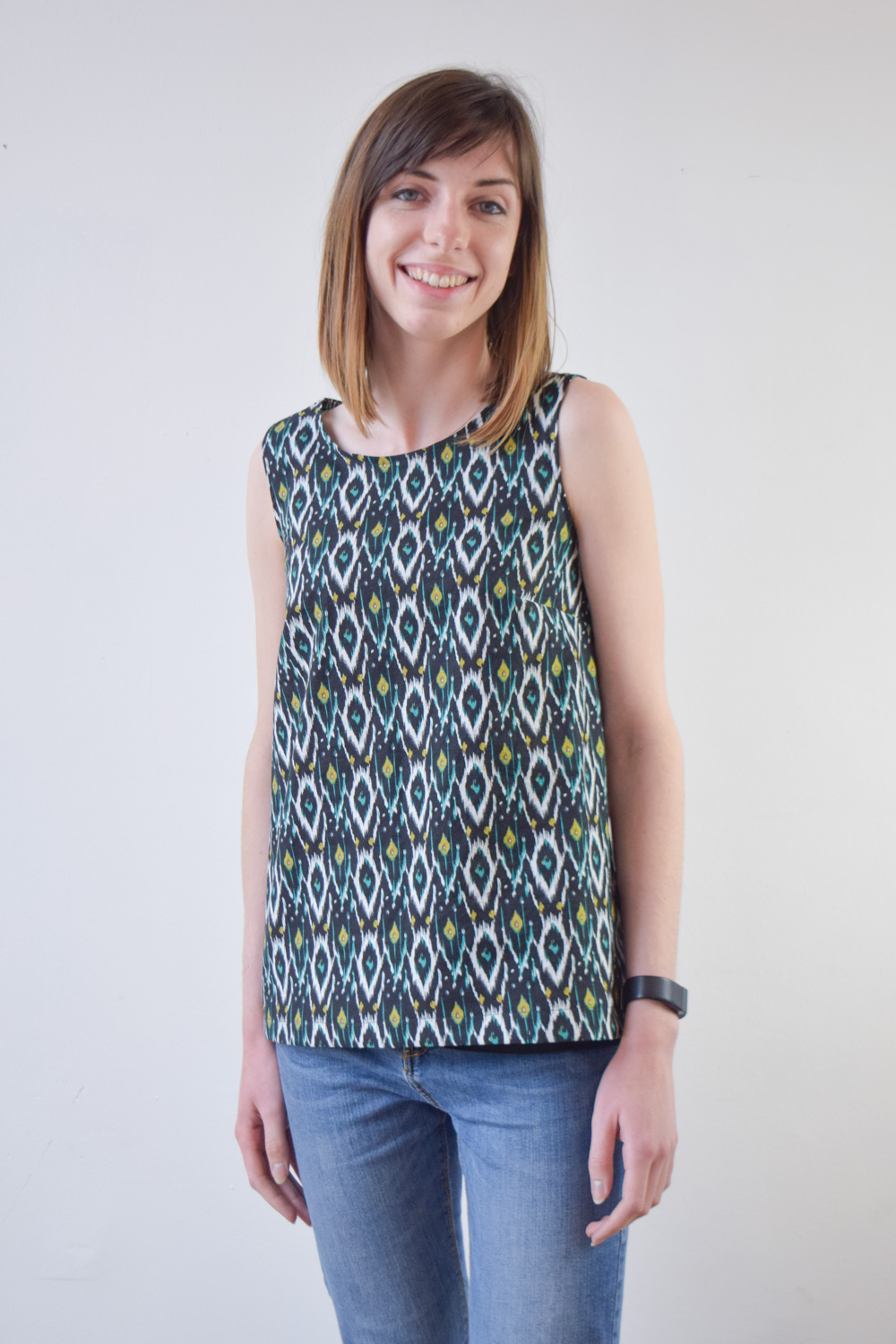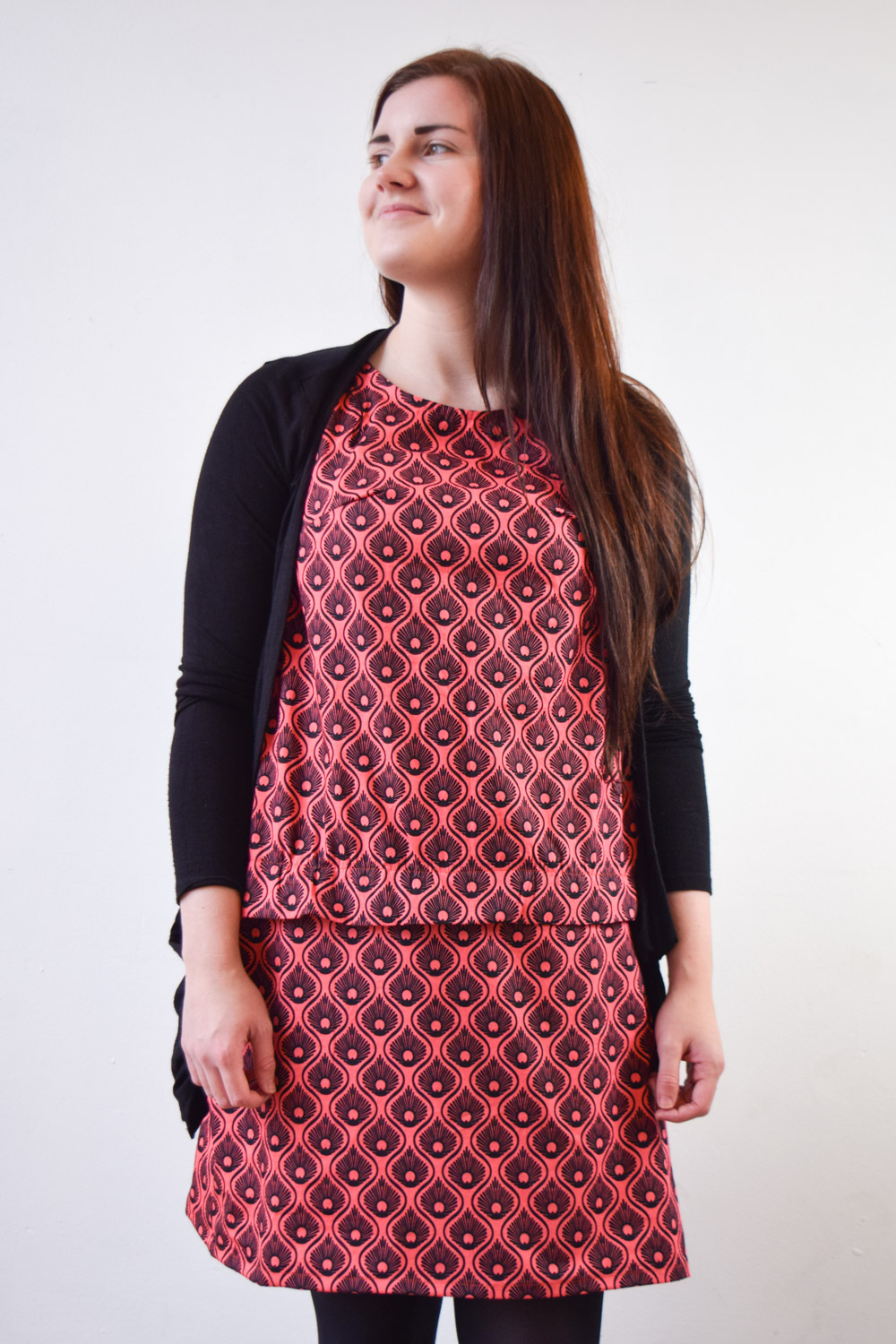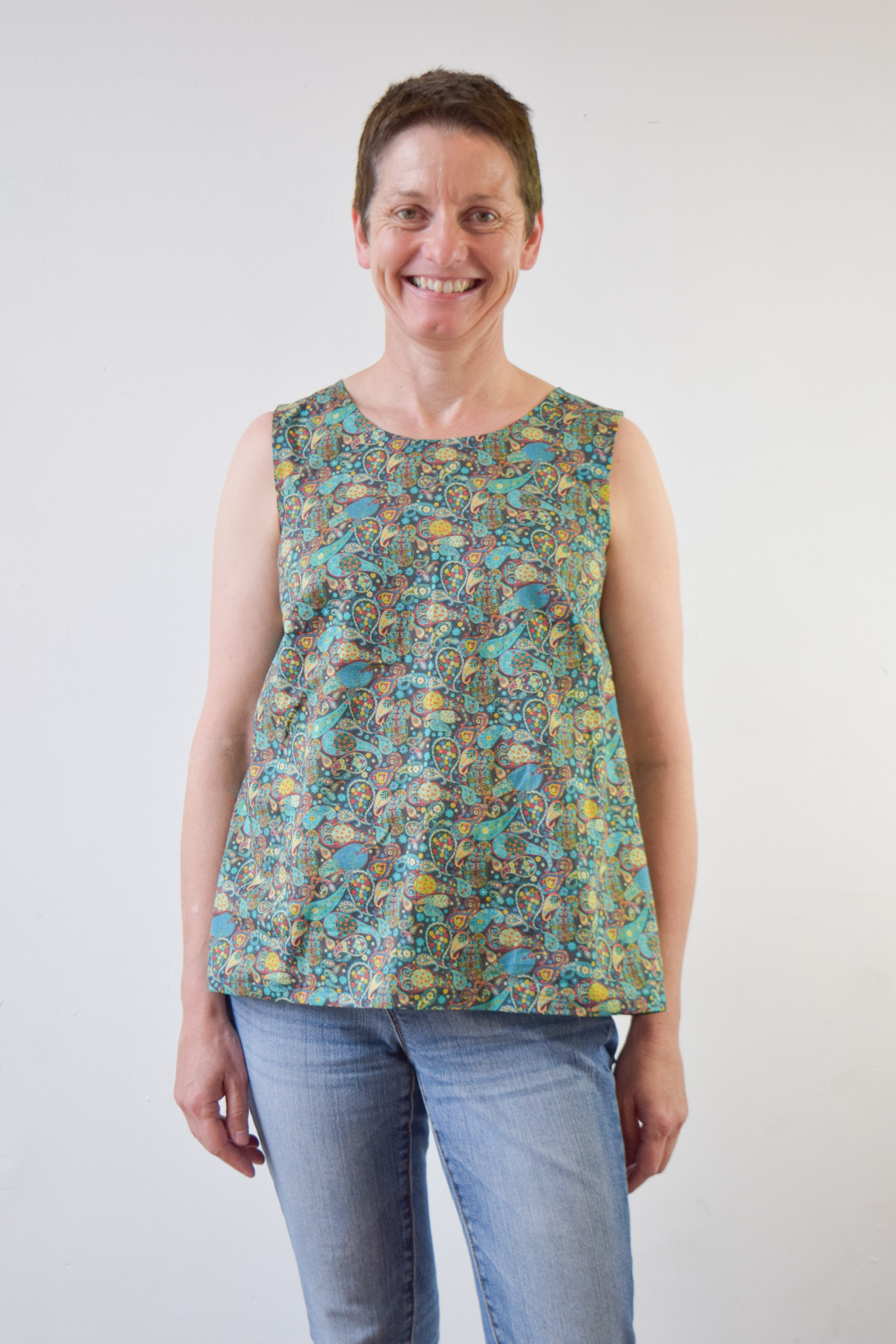Making Clothes for Beginners: Student Resources
COURSE LENGTH
11 - 12 Weeks - One 3 hour session per week
TOPICS COVERED
Taking body measurements; using a sewing pattern; sewing machine basics; stitches & seams; fabric terms; simple hems; basic seam finishes; darts, pleats and gathers; fitting and alterations; pockets; buttons and buttonholes; and inserting a zipper.
OUTCOMES
Students will become comfortable using a sewing machine and use learned techniques to complete a garment, from a selection of patterns, in a fabric of their choice.
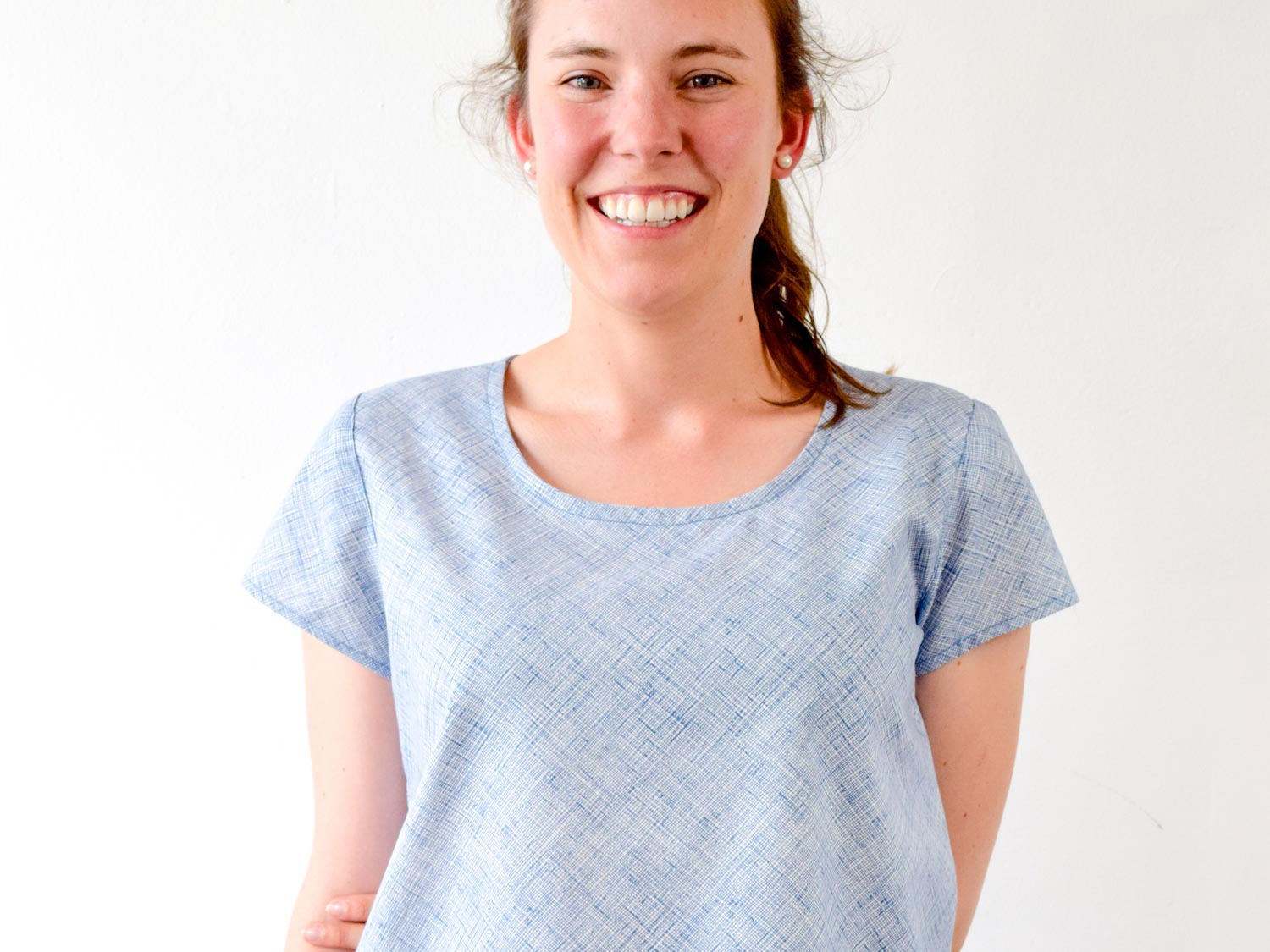
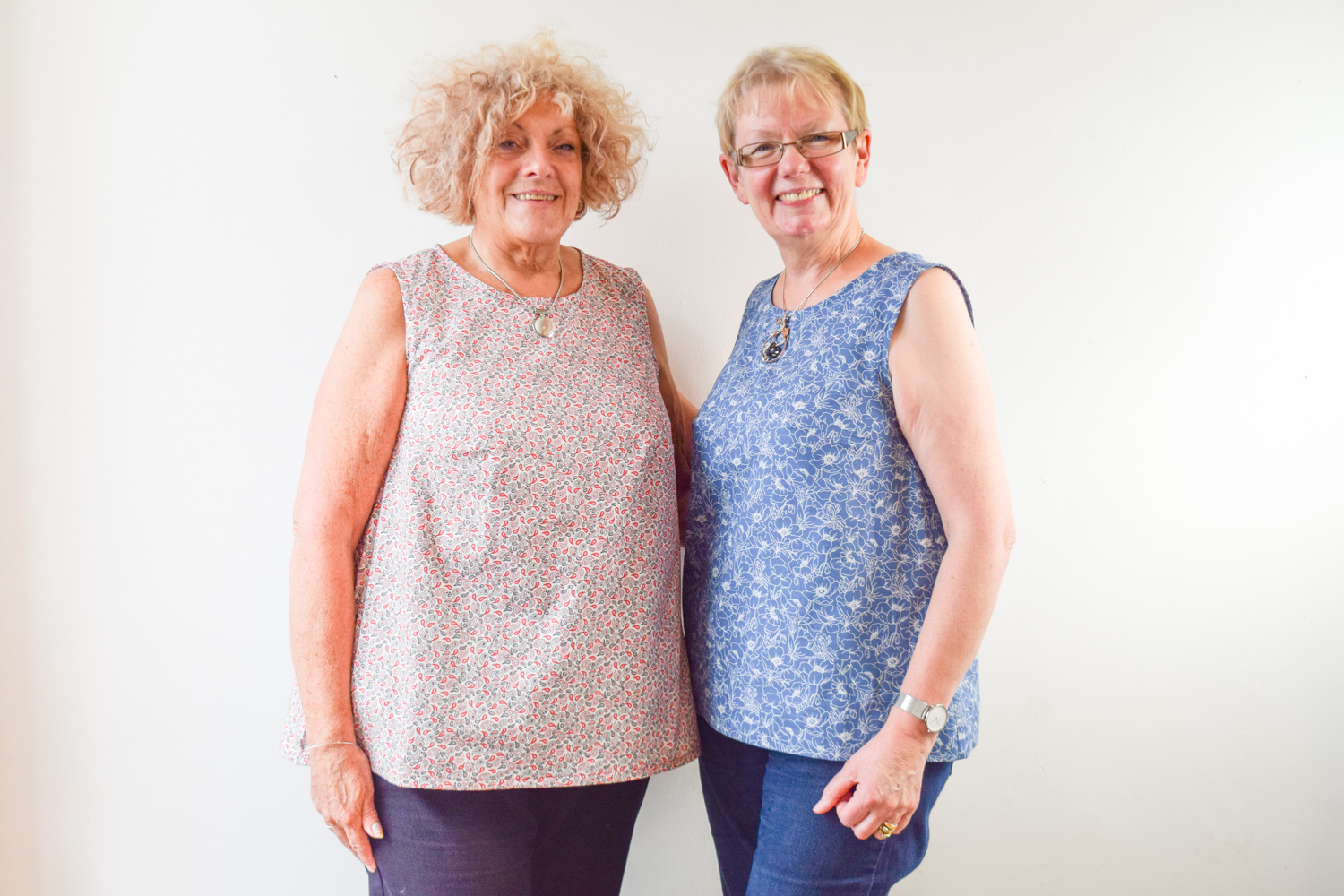

What Do I Need to Bring?
For the Making Clothes for Beginners Course you will need:
A basic sewing kit (see below)
Fabric & Thread - You won't need to purchase your fabrics or haberdashery until after the first lesson.
Sewing pattern - We’ll discuss this at the first lesson.
Do I Need To Bring a Sewing Machine?
No, but you are welcome to if you wish. We have a Janome 230DC available for each student to use. We also sell a range of Janome machines, and offer discounts on these to our students.
If you're planning on bringing your own machine, please contact us and let us know the make and model.
The Basic Sewing Kit
For this course you'll need a basic sewing kit. You can buy all the items separately or, alternatively, find a ready made kit that includes the essentials as seen below. Most of these supplies can be purchases at Bawn Textiles.
If you're purchasing kit items separately, we've listed some essentials below. You can purchase most of these items at Bawn Textiles, during your course, or alternatively at your local fabric & haberdashery store.
Fabric scissors
Paper scissors - for cutting patterns
Seam ripper (you can use embroidery scissors if the tip is sharp)
Glass headed pins
Sewing machine needles (size chart)
Hand sewing needles
Thread (Scanfil organic cotton thread recommended)
Tape measure (not the kind Tradesmen use!)
Sewing gauge
Washable markers
French curve (Sew Easy recommended)
Tracing paper (Swedish tracing paper recommended)
Fabrics & Haberdashery
We'll be covering this information in more detail during your first lesson, so we recommend not purchasing your fabric until after this.
Your fabric requirements depend primarily on three things:
Your own body measurements.
What garment and version of the pattern you've chosen to make.
The width of your fabric; 44" (115cm) or 60" (150cm) or somewhere in between.
In the first week you will learn how to take your own body measurements and check them against the fabric requirements chart on the back of your pattern envelope.
SHOPPING FOR FABRICS
Students are free to purchase their fabric from wherever they like. And there are a small handful of local fabric shops in Glasgow, such as Mandors, Bawn Textiles and the John Lewis Fabric Department.
If you'd appreciate some help choosing fabric, then a useful place to visit is Bawn Textiles in the south side of Glasgow, where the course will take place. Bevan will be happy to help answer all of your questions. Here you can get advice on what fabric to use with your pattern and how much you'll need to purchase..
If you're unsure about your fabric choice, then you can always purchase a sample and arrange to bring it in to the studio for us to look at before your course begins
PRE-WASHING FABRIC
It's always a good idea to pre-wash your fabric, either by hand or machine, before coming to use it. This means you will be able to wash your finished project without fear of it shrinking!
Some fabrics from Bawn Textiles
THREADS
For most sewing projects we recommend Scanfil organic cotton thread, Gutermann Polyester Sew-all thread or an equivalent product.
Your thread should generally be a colour that matches your main fabric. If you cannot find a match, then always look for a shade darker rather than a shade lighter.
Once you're a little more experienced you may wish to use contrasting thread colours. These are ones that purposely stand out against your main fabric, thereby becoming decorative.

